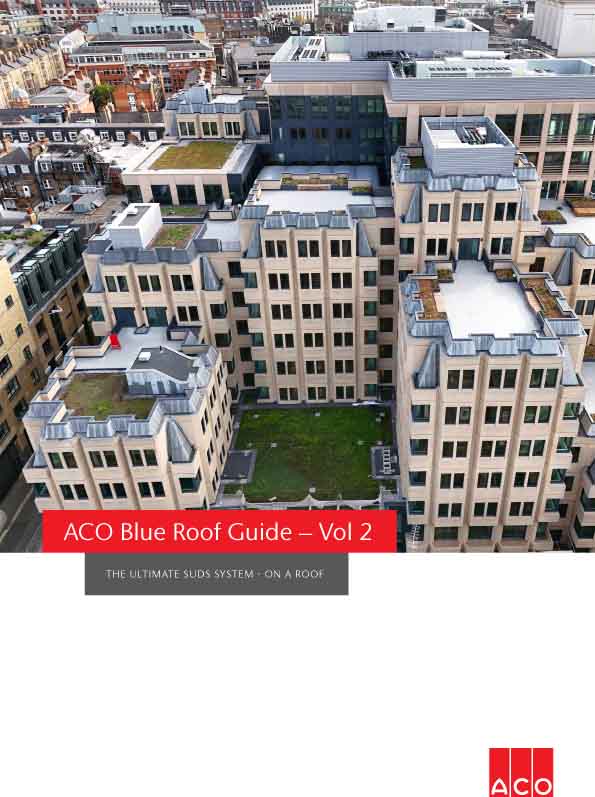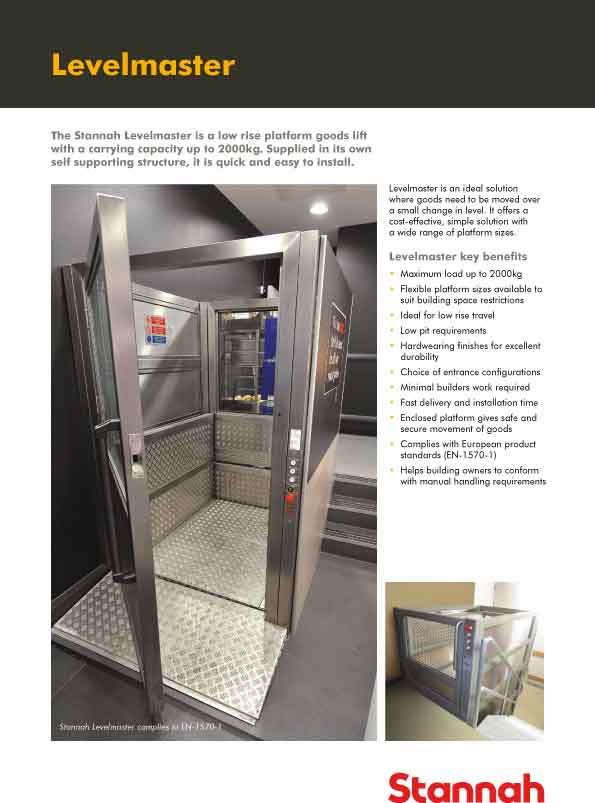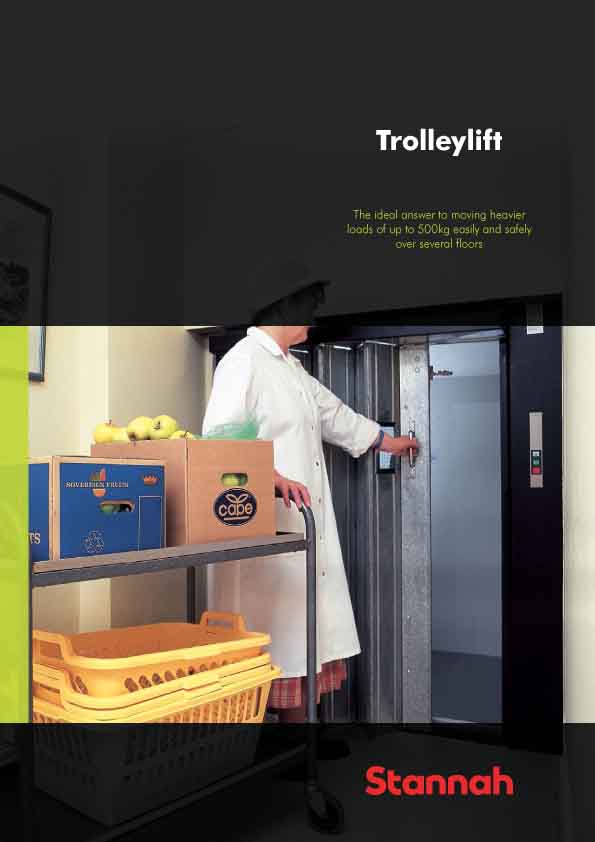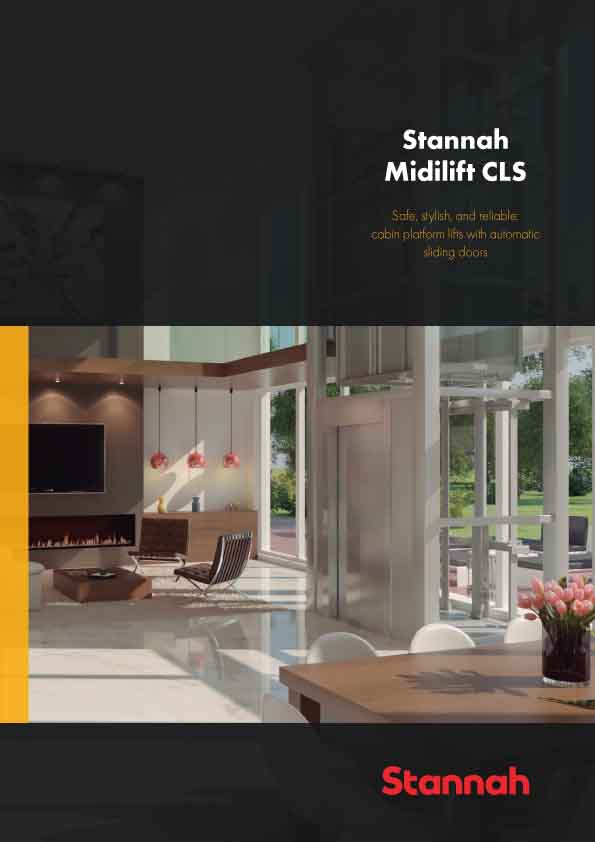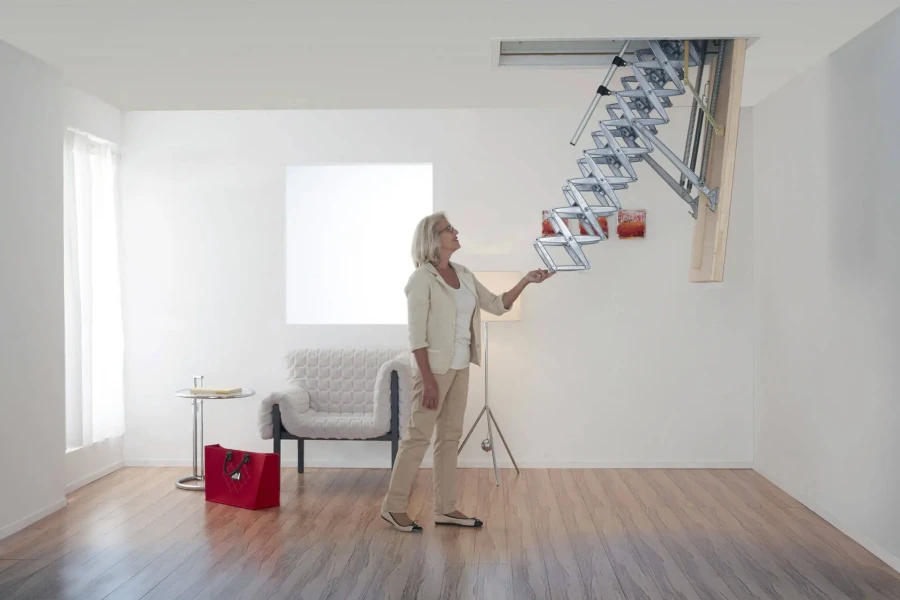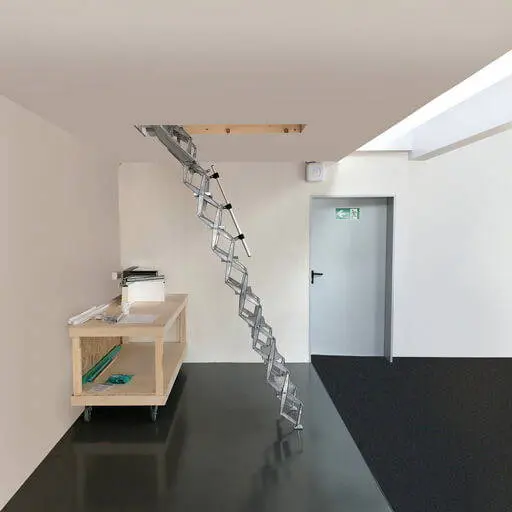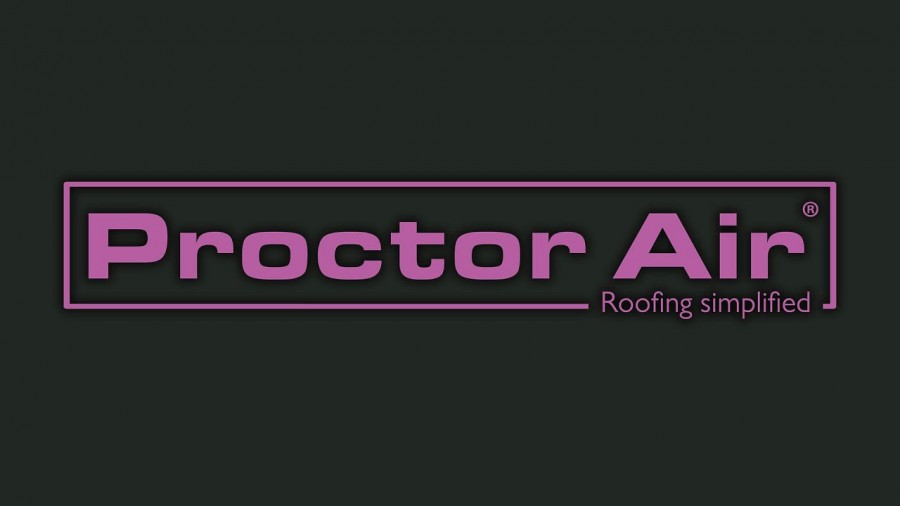August saw UK manufacturing output expand at the fastest rate for over six years, as companies and their clients restarted operations following coronavirus disease 2019 (COVID-19) lockdowns.
New order intakes also strengthened, whereas the trend in employment remained weak with job losses recorded for the seventh straight month.
The seasonally adjusted IHS Markit/CIPS Purchasing Managers’ Index® (PMI®) rose to a 30-month high of 55.2 in August, up from 53.3 in July but a tick below the earlier flash estimate of 55.3. The PMI has posted above its neutral 50.0 mark for three consecutive months.
Manufacturing production rose at the fastest pace since May 2014, reflecting solid expansions across the consumer, intermediate and investment goods sub-sectors. The steepest growth was registered in the intermediate goods category, whereas investment goods producers saw the lowest pace of growth. Underpinning the scaling-up of output was the fastest increase in new orders since November 2017. The domestic market remained the prime source of new contract wins, although new export orders rose moderately for the first time in ten months. Manufacturers mentioned improved demand from the EMEA region, North America and Australia.

The main factors driving production and new orders higher have been the re-opening of manufacturers and their clients following lockdowns and a loosening of other restrictions in place to combat COVID-19. This has not supported a similar recovery or stabilisation in demand for staff, however, with job losses recorded for the seventh successive month.
Manufacturing employment declined at one of the steepest rates during the past 11 years, with reductions seen across the consumer, intermediate and investment goods industries. Small, medium and large-sized firms also implemented similarly marked cuts to staff headcounts. Stocks of purchases and finished goods both fell further, as companies looked to control costs and complete business delayed by the lockdown. Input inventories fell despite a modest increase in purchasing activity.
Input price inflation accelerated to a 20-month high in August. Rising costs were linked to reduced availability for certain inputs and supply-chain disruption caused by COVID-19. Exchange rates and increased freight costs were also mentioned. Part of the increase was passed on to clients, with selling prices rising at the fastest pace since March. Supply-chain disruption led to a further lengthening of vendor delivery times.
Business sentiment regarding future output prospects remained positive in August, staying close to July's 28-month high. Companies linked their expectations of output growth to hopes of a move back to more normal operating conditions over time, the launch of new products and the ongoing re-opening of the domestic and global economies.
Rob Dobson, Director at IHS Markit, which compiles the survey: “The recovery of the UK manufacturing sector gathered pace in August. Output expanded at the fastest rate in over six years as new work intakes rose to the greatest extent since November 2017, led by an upturn in domestic demand and signs of recovering exports. Business optimism also remained encouragingly robust and close to July's recent peak.
“However, companies report that the current bounce is mainly driven by the restarting of manufacturers’ operations and reopening of clients as COVID-19 restrictions continue to be relaxed. Backlogs of work fell at an increased rate, hinting at spare capacity, and the labour market remains worryingly weak, with job losses registered for the seventh straight month. The downturn in employment may have further to run as the government’s furlough scheme is phased out unless demand rises sharply.
“Given the fragility of demand and uncertain outlook, both in terms of COVID-19 and Brexit, policymakers may struggle to prevent a 'surge-then-slump' scenario from developing.”
Duncan Brock, Group Director at the Chartered Institute of Procurement & Supply: “Domestically, customers are playing their part in the recovery of the UK economy, with an upswing in new orders accelerating to the fastest rate since November 2017. A smidgen of good news from overseas too with a small uplift in export orders for the first time in almost a year as optimism across the board was maintained that business could only get better.

“With supply-side capacity constraints still in evidence and shortages of raw materials sneaking in, it remains to be seen if demand holds strong. Manufacturers raised their prices in response to the sharpest increase in cost inflation for almost two years as fuel and transportation became more expensive.
“It seems the sector may be experiencing a ‘V’ shaped recovery with the fastest rate of growth in the manufacturing sector since May 2014. However, amidst this positivity the elephant in the room remains the poor employment figures. The drop in job numbers in August makes this feel more of a rebalancing strategy than real recovery. Companies are looking at how to stay in business for the rest of the year as challenges from the pandemic retreat a little only to be replaced by an imminent Brexit.”
Fhaheen Khan, Economist at Make UK, said: “Following shocking declines in output during the most difficult moments of lockdown, unsurprisingly the UK manufacturing PMI has been in expansion territory for the third month running. A mixture of new orders, and old orders, have resulted in increased output as firms across the nation have reported the easing of lockdown measures, combined with consumer-led consumption policies, have helped to restart supply-chains.
Indeed, this highlights the sector’s role as the most likely candidate to lead the UK’s economic recovery whilst facing one of its deepest recessions on record.
Yet, a number of concerns that may hinder that recovery remains and that this honeymoon period for above average growth may be short-lived.
Particularly, as the Job Retention Scheme expires at the end of October, Make UK’s most recent data already indicate job losses are picking up as firms are shedding weight in order to cut costs but risk the possibility of being unable to operate in the coming months. The Government must immediately remodel their approach to the JRS and extend it to the most vulnerable subsectors, such as Automotive and Aerospace, which are dealing with a different schedule for recovery and require a more tailored approach for support.”











